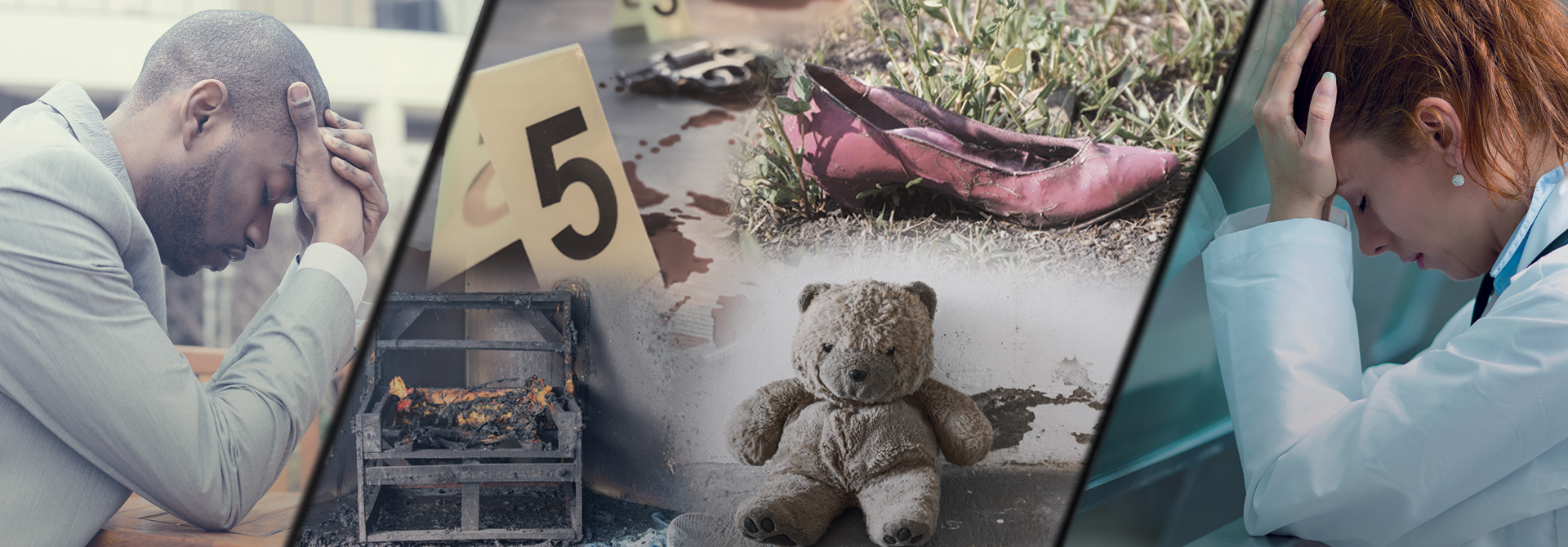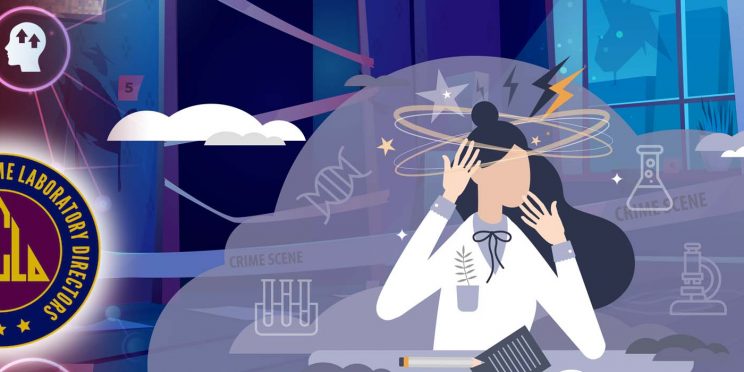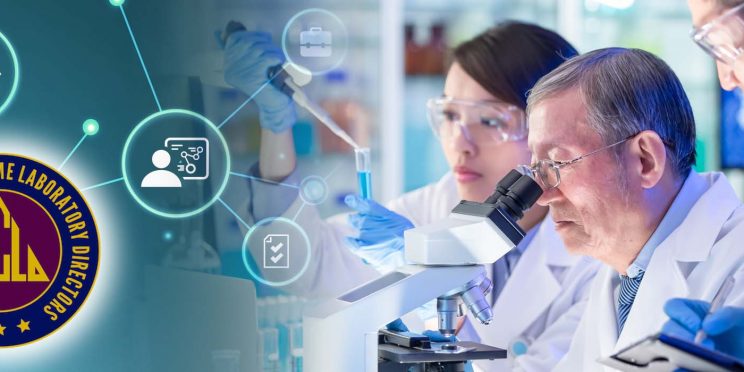Publication
Forensic Science International: Synergy, October 2020
Author
Donia P. Slack | RTI International
Abstract
Vicarious trauma (VT) has been studied in mental health experts for over 30 years due to their engagement with victims of trauma and exposure to details of events, crimes, and tragedies experienced by their patients. Recently, VT studies have been extended to first responders as they also engage with victims on a level which may affect their own wellbeing. First responders involved in the criminal justice system, such as law enforcement personnel, have benefited from these studies as the results have helped drive organizational change. However, other professionals throughout the criminal justice system, such as forensic scientists, have had far fewer studies published, and the awareness of VT they may be experiencing has only recently come to light. While this review is not exhaustive of all literature on VT, it showcases key studies and research gaps that could benefit the forensic science community and associated criminal justice system professionals.
Funding for this article was provided by the Forensic Technology Center of Excellence and the National Institute of Justice, Office of Justice Programs, U.S. Department of Justice.
The opinions, findings, and conclusions or recommendations expressed in this article are those of the author(s) and do not necessarily reflect those of the U.S. Department of Justice.
Contact us at ForensicCOE@rti.org with any questions and subscribe to our newsletter for notifications.




